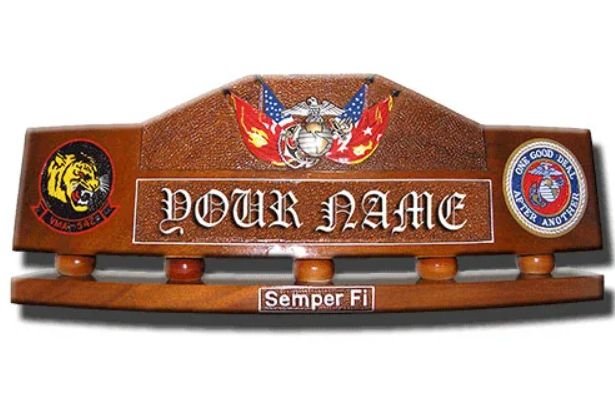Top Reasons People are Moving from California to New York in 2025
Relocating from California to New York has become increasingly common in 2025. Whether driven by career opportunities, lifestyle changes, or economic factors, many residents are choosing to move across the country. Understanding the reasons behind this trend can help those planning their own move, especially when hiring professional movers from California to New York to ensure a smooth relocation.

Lower Housing Costs in Certain Areas
While both California and New York have expensive urban centers, some regions in New York offer more affordable housing options compared to major California cities. Families and young professionals looking to own a home or reduce living expenses often find New York to be a practical choice. This is one of the top reasons for moving from California to New York in 2025.
Work Opportunities
One of the top reasons people move from California to New York is for work. New York offers a variety of industries and job markets, from finance and tech to media and healthcare. Many individuals and families are relocating to take advantage of higher-paying positions or to advance their careers in competitive fields. Hiring professional movers from California to New York ensures that the long-distance relocation is handled efficiently while you focus on your new job opportunities.
Desire for a Change in Lifestyle
Many people are drawn to New York for its diverse culture, historical neighborhoods, and vibrant urban life. A relocation from California to New York allows individuals to experience a different pace of life, explore new social and cultural opportunities, and enjoy the unique attractions that the East Coast offers. Long-distance movers can help make this cross-country relocation seamless, ensuring belongings arrive on time.

Tax and Financial Planning
Changes in tax policies and financial considerations are also driving relocations. While California has high state taxes, New York’s tax system can be more favorable depending on your location and income level. People often move to optimize their finances while maintaining access to urban amenities and professional opportunities.
Family and Educational Factors
Some families move to New York to be closer to relatives or to take advantage of educational opportunities for their children. New York is home to many reputable schools and universities, which can be a deciding factor for families planning a relocation. Experienced movers from California to New York can help ensure that household items, including study materials and personal belongings, are transported safely.
Real Estate Investment Opportunities
New York’s property market can offer promising investment opportunities. Some Californians relocate to take advantage of real estate potential, whether for rental properties or long-term appreciation. Planning a relocation with professional movers from California to New York ensures that your possessions arrive safely while you focus on investment and settlement.
Climate and Seasonal Preferences
Some individuals prefer the seasonal variety in New York, including colder winters and vibrant autumns, compared to California’s more temperate climate. This change in environment appeals to those seeking a different lifestyle or wanting to experience a true four-season climate. Movers from California to New York ensure that all belongings, including climate-sensitive items, are transported safely.
Final Thoughts
The decision of moving from California to New York in 2025 is influenced by career, lifestyle, family, financial, and personal preferences. By hiring experienced movers from California to New York and planning the move carefully, individuals and families can enjoy a smooth, organized, and stress-free cross-country relocation. Understanding these main reasons provides insight into why this trend continues to grow.


 Online divorce services have gained popularity over the years, offering a convenient alternative to traditional court proceedings. However, misconceptions about these platforms can create confusion for individuals considering divorce. This article aims to debunk common myths surrounding online divorce in New Jersey, helping you navigate this process with clarity.
Online divorce services have gained popularity over the years, offering a convenient alternative to traditional court proceedings. However, misconceptions about these platforms can create confusion for individuals considering divorce. This article aims to debunk common myths surrounding online divorce in New Jersey, helping you navigate this process with clarity.